- Top Games Like Overwatch - January 20, 2023
- Best Healer in Overwatch Guide - January 4, 2023
- Overwatch 2 Character Tier List - December 31, 2022
Invoker is one of the hardest Dota 2 heroes, which also makes it one of the most interesting heroes to watch and master. Unlike other characters, who have 3 basic spells and an ultimate, Invoker has a total of 14 spells. Toggling these spells requires fast fingers and good memory.
In this Invoker Dota guide, we will take a look at all its spells and how to properly utilize the hero.
Basic Spells
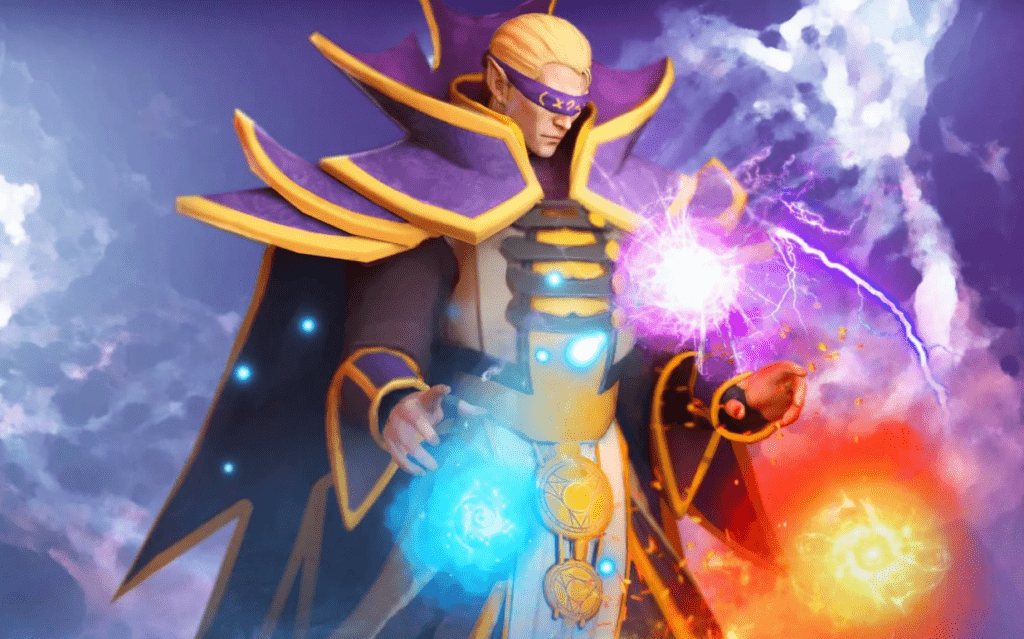
Instead of having traditional spells, the hero has 3 types of orbs and an ultimate spell called Invoke. Each orb provides a boost, improving health regen, attack/movement speed, and attack damage. At any moment, Invoker will have any 3 orbs active and can change them at a moment’s notice without expending mana. That way, you can alternate between different boosts and adapt to any situation.
But their main value comes when you combine them and press Invoke. For example, if three Quas orbs are hovering above your head, and then you press Invoke, you get a spell called Cold Snap. Combining 1 Exort and 2 Wex orbs allows you to use Alacrity, and so on.
Preparing the right 3 orbs before invocation is what makes this hero tricky because you can easily press the wrong buttons in clutch situations.
The hero can alternate between the orbs and Invoke at will. However, he can only have 2 spells through invocation. Like all other spells in the game, each one of them has a cooldown. This prevents abuse where you would cast a spell, invoke new spells, and return to the old spell to cast them again.
Unlike other heroes, whose spells improve by investing points in them, Invoker’s spells get stronger by improving the basic orbs used for invocation. When a spell is created by mixing two different orbs (i.e., Wex and Quas), each orb will modify a certain aspect of a spell.
Here is the list of all Invoker’s spells. Keep in mind that I won’t focus on specific numbers (i.e., spell damage) as these figures constantly change through updates. Instead, I will just talk about the effects and usage.
Quas
Quas is the primary orb for cold spells. Active Quas improves health regeneration and will passively increase your strength, making Invoker much tankier. Having 3 Quas orbs active simultaneously is especially important during the laning phase as they can provide extra sustain.
When you use it as a building block for a spell, the orb usually improves utility aspects of an incantation providing increased movement slow or increased duration.
Wex
Wex is the primary orb for lightning spells. Wex works by increasing your movement speed and attack speed. Like Quas, investing points in Wex will provide a passive, permanent agility increase. Orb is important for right-click builds, but it can also be crucial when you’re running away from an enemy.
When you use it as a building block for a spell, the orb usually improves the speed and travel of a projectile but can also impact your personal movement and attack speed (for Ghost Walk and Alacrity).
Exort
Exort is the primary orb for fire spells. By itself, it improves your attack damage, making it ideal for last-hitting. The passive effect increases intellect, thus boosting both your magical and physical damage. Compared to some other builds, Exort Invoker can be very potent in the early game as he can zone out and outfarm many opponents while having a global presence with Sun Strike.
When you use it as a building block for a spell, the orb usually improves the damage output. So, no matter which build you’re going for, it will likely be your primary or secondary orb.
Invoke
Invoke is a spell available from the get-go, regardless of which orbs you’re leveling. It is free, and you can cast it at any time. This spell is a part of Invoker’s basic hit, and he wouldn’t be able to function without it (similar to Treant Protector’s Nature’s Guise).
Invoked Spells
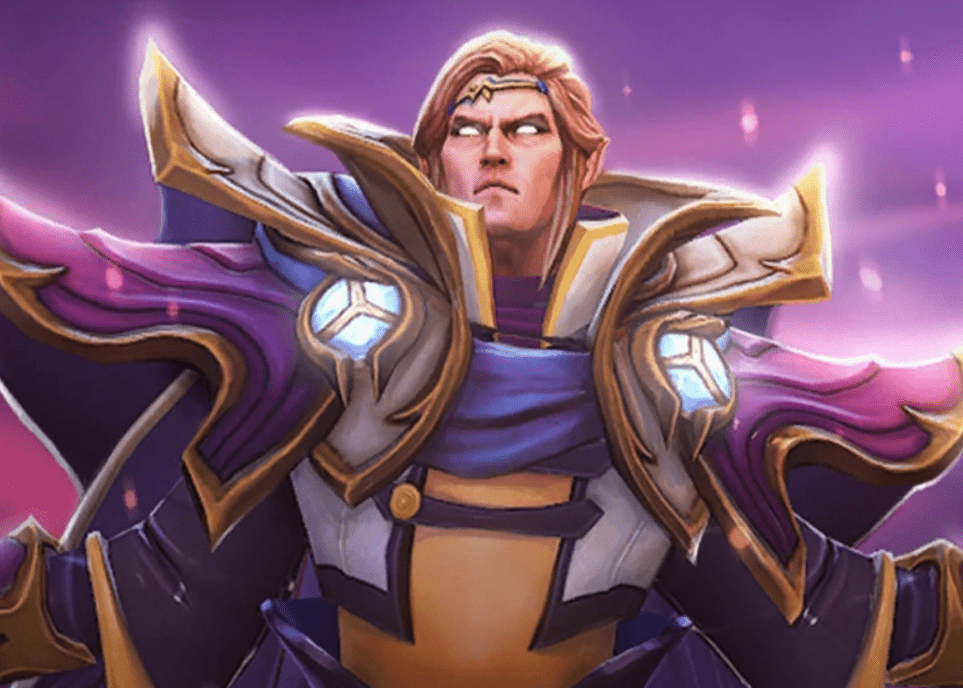
The list of invoked spells is much longer. There are 10 of them, each with its own specific function. The sheer number of incantations provides the hero a lot of versatility. Invoker can be used as a pusher, teamfight juggernaut, ganker, high-ground defender, etc.
We will review each one of them, their functions, and how you can invoke them:
Alacrity (Wex, Wex, Exort)
Alacrity is a great buff that you can cast on yourself or use on an ally. Given that you will have lots of items by the end of the game (unless you’re playing support Invoker), this spell can turn you into a potent right-clicking hero. Still, just this spell won’t be enough to beat some of the strongest carries in the game.
The buff is especially great when cast on heroes who rely on attack speed and damage. Good examples would be Phantom Assassin, Faceless Void, and Sniper.
Wex gives you attack speed, while Exort provides attack damage.
Chaos Meteor (Wex, Exort, Exort)
As one of the hero’s strongest damage spells, Chaos Meteor is crucial for almost any build. It does damage upon impact and also does damage over time. The spell is especially great for fleeing enemies and is usually coupled with Tornado (you can also add Sun Strike or Deafening Blast for a stronger combo).
If you’re using it to gank, the spells can be hard to land without a proper setup. Otherwise, it is great for teamfights, especially if you buy Aghanim’s Shard.
Wex increases the travel distance of the meteor, and Exort increases initial damage as well as damage over time.
Cold Snap (Quas, Quas, Quas)
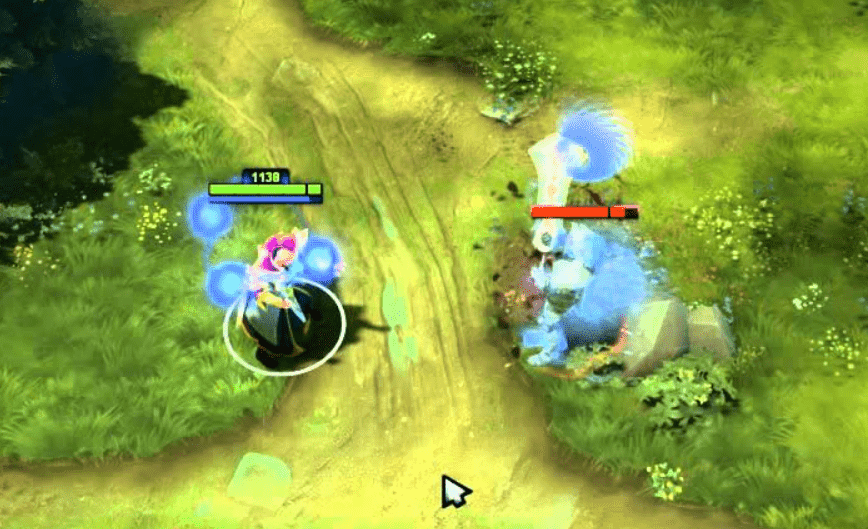
Cold Snap is a spell that can be very annoying in the early game but loses its potency as the game progresses. It will continuously stun and damage the opponent, which can be great for both fleeing and chasing.
The incantation can also be good for mid game ganking if you’re a Quas/Wex Invoker. It works well with Ice Wall, completely sapping the opponent’s movement speed. With this build, you would need an Urn of Shadows as you will lack damage to finish opponents.
Points in Quas will increase spells duration, proc timer, and damage.
Deafening Blast (Quas, Wex, Exort)
Deafening Blast is a spell that is used with numerous builds. Given that you need all three orbs to incant it, you will always have to sacrifice one of the stats. However, the great thing about this spell is that it provides several effects.
Deafening Blast is in the form of a wave, knocking back, damaging, and disarming the opponents. Although its damage is not the best (especially compared to other Invoker’s spells), the knockback effect can give you enough time for a few more auto-attacks. Disarm and knockback are especially useful when fleeing the chasing enemies.
Exort increases the spell’s damage, Wex increases disarm duration, and Quas provides longer knockback distance and duration.
EMP (Wex, Wex, Wex)
This particular invocation is a bit harder to set up. The biggest issue with EMP is that it takes a lot of time to charge, and it is rather easy to avoid. Invokers usually couple it with Tornado or Ice Wall so that it can properly land on enemies.
EMP does an enormous amount of mana burn. It does damage equal to 60% of mana burn, and it also restores 50% of Invoker’s mana based on damage dealt. However, as the game progresses and mana pools increase, it loses a lot of its potency. Nevertheless, you can still use it for high-ground defense.
Wex increases the mana burn and with that, also magical damage and mana restoration.
Forge Spirit (Quas, Exort, Exort)
Forge Spirit is the Invoker’s only summon. It is a ranged creep that reduces enemies’ armor by 1 with each hit. This makes it an ideal laning tool, and it is often a great way to restore control when outdrafted. The spell is especially potent when coupled with Cold Snap as it gives spirits enough time to stack armor-reducing auto-attacks.
One interesting feature about Forge Spirits is that you get 2 of them if you have 4 levels in both Quas and Exort. That way, you can double the effectiveness of the spell. Aside from being great early game support, Forge Spirit is great for Roshan and for pushing. However, it isn’t ideal for teamfights.
Quas increases the spirit’s attack range, health, and duration, while Exort boosts its damage, mana, and armor.
Ghost Walk (Quas, Quas, Wex)
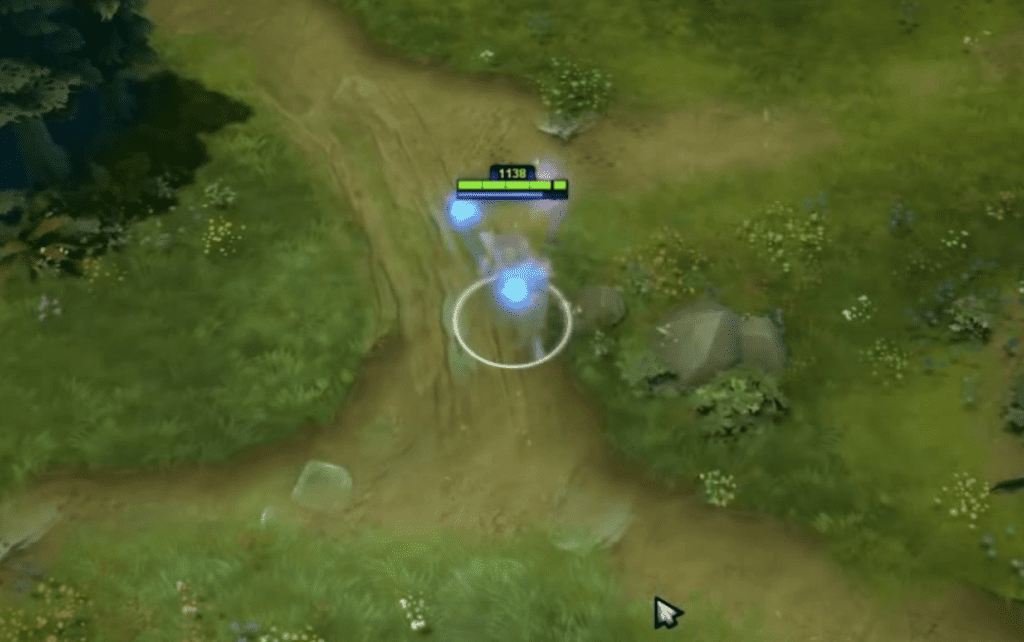
Although Invoker has many ways of evading pursuers, by casting various spells, Ghost Walk is the only invocation we can consider a true escape mechanism. The spell will turn the hero invisible while reducing the movement speed of all the enemies in its path. Invoker will also move slower on lower Wex levels, but his movement speed will increase as you invest more points.
Ghost Walk can be utilized in any situation when you’re endangered. It is especially amazing when you’re getting ganked during the early laning phase as you have limited mana pool and spell availability. Among others, you can also use it for scouting and for ganking.
Points in Quas will further reduce enemies’ movement speed. Wex increases your own speed.
Ice Wall (Quas, Quas, Exort)
Ice Wall is a somewhat tricky spell. Due to the fact that the wall persists for a long time, the incantation can be great for teamfights. However, it will spawn below your feet at a specific vector. This makes it very hard to place properly.
Another problem with the spell is that it doesn’t do much damage, especially when compared to some other incantations from the Invoker’s kit. Still, we cannot neglect its amazing movement slow that goes up to 140% at max Quas level.
Ice Wall is great for defending against a siege, as you often have enough time to set it up before enemies reach your high ground.
Exort increases spell damage per second, and Quas increases the wall’s duration and move speed debuff.
Sun Strike (Exort, Exort, Exort)
Sun Strike, in its original form, has very limited use. It is mainly an early to mid game spell that has a global cast range. After a 1.7 second delay, a Sunray will strike the ground. This makes it ideal for picking off low-health enemies who are retreating to base. The spell is great for assisting side lanes in getting a kill.
Sun Strike can boost Invoker’s farm. You can be in the woods and casually get assists and kills with it. But you probably won’t use it for teamfights. This is where Aghanim’s Scepter comes into play.
The item will add Cataclysm, the second type of Sun Strike. Like the initial spell, it will hit the ground after a delay dealing pure damage. However, instead of just one strike, two strikes will land on top of every enemy hero on the map. The only drawback is that, unlike Sun Strike, Cataclysm’s landing spot is visible to all enemies.
Exort increases its spell damage.
Tornado (Quas, Wex, Wex)
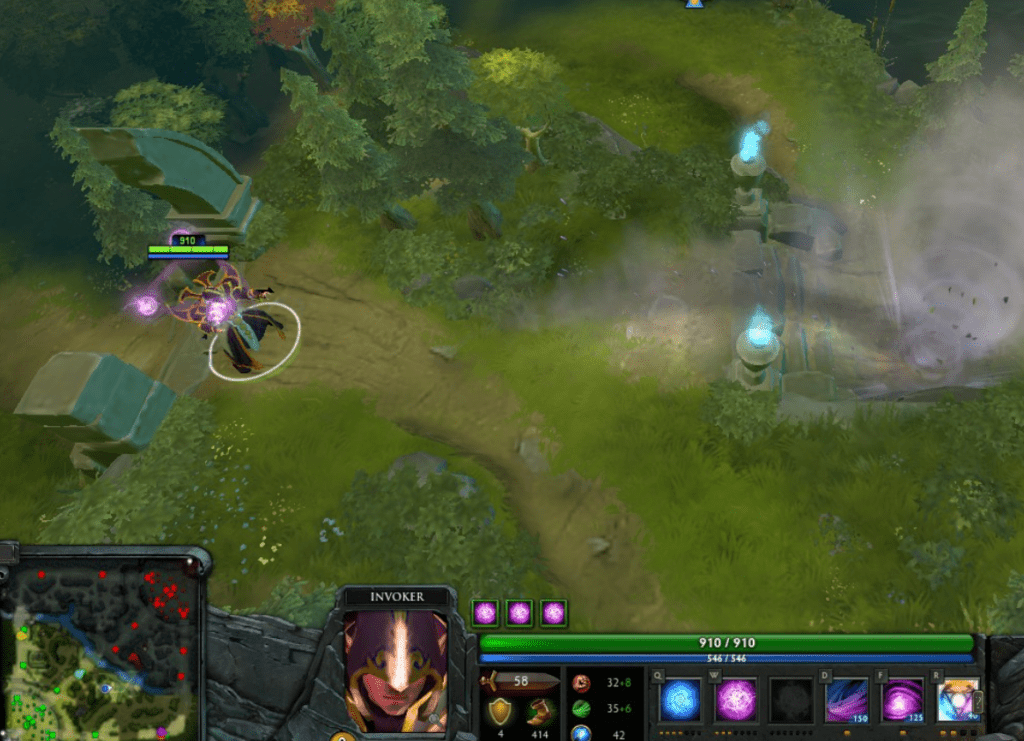
Tornado is a multi-purpose spell that is often coupled with other incantations. It created a straight-line tornado that lifts up opponents in the air, and upon landing, they receive damage.
Although a great setup for your own spells, it can sometimes work to the detriment of your team. For example, suppose you cast Tornado on three opponents while they are within Faceless Void’s Chronosphere. In that case, you will basically annulate its effect saving them from certain death.
Together with Deafening Blast, this is the hero’s main crowd control spell. So, it will always have value for your team.
Wex increases Tornado’s travel distance and damage. Quas prolongs the time opponents spend in the air.
You can easily see why Invoker is such an intriguing hero. In fact, it is probably the most complex character in all of the MOBA’s.
Besides dishing high magic damage, he also has a strong, pure damage spell. Invoker has disables, disarms, slows, invisibility, summons, mana burn, and damage buffs. However, it doesn’t mean that the hero will be an optimal pick in every situation. Depending on a patch, you can pick much more potent characters than him.
Laning
Ideally, you should start Invoker in the middle lane. The hero is extremely dependent on levels and can also benefit greatly from items. He can stand his ground against most heroes. Then again, it depends on the build you’re going for. Some people play it as a support, but this is more of a novelty. In such cases, you should play him as a position 4, not 5.
Exort Invoker has lots of damage, allowing easy last hitting. Having a few points in Quas will help you regenerate health. During the laning phase, the worst orb is Wex, as you don’t benefit as much from attack/movement speed.
If you go with Quas/Wex build, you can rely on Cold Snap, Tornado, and EMP. Although you probably won’t have enough damage to make a kill, you will have more than enough control. EMP might also help you burn the opponent’s mana, thus diminishing their ability to kill you.
Alternatively, you can go with Quas/Exort. In this case, you will rely on Forge Spirit and Cold Snap to harass the enemy. There is also Sun Strike which you can use to pick off low-health enemies in other lanes and even in your lane. This build has much more kill potential, it makes it easier to level up, but it also makes you more vulnerable to potential ganks.
Quas/Wex Invoker is very popular in the side lanes as he can easily sustain against various opponents. Two points in this orb make it very easy to exchange hits against the enemy support. Unlike the middle lane, where you can go with Exort build, you should skip it in the side lanes. You will be underleveled, so your Sun Strike won’t be as potent.
Mid Game
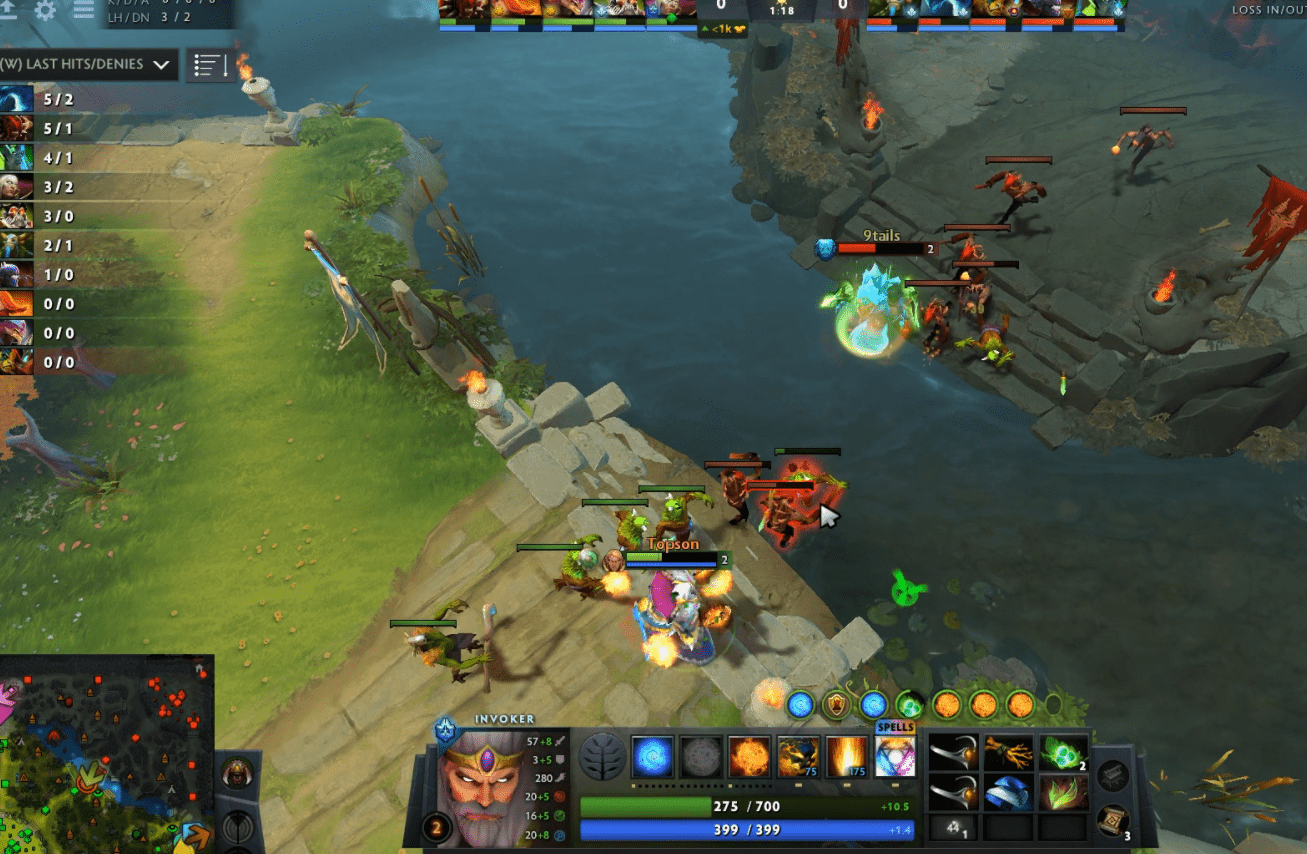
During the middle phase of the game, you have several options, which again depend on your build.
Quas/Wex Invokers are usually much more active. They will buy an Urn of Shadows and try to make space around the map. By using Ghost Walk, Invoker can sneak up to anyone and use a combination of Cold Snap, Ice Wall, Tornado, and/or EMP. If you need additional control, you can consider going with Orchid Malevolence or Witch Blade.
While you can also be somewhat active with Quas/Exort, a lot of Invokers prefer going woods and assisting their team with Sun Strikes. Upon getting Aghanim’s Scepter, they can boost this presence with Cataclysm. You can also be active with this build as Chaos Meteor can provide lots of damage in teamfights. There is also Defeaning Blast that can serve for some additional damage and crowd control.
Late Game
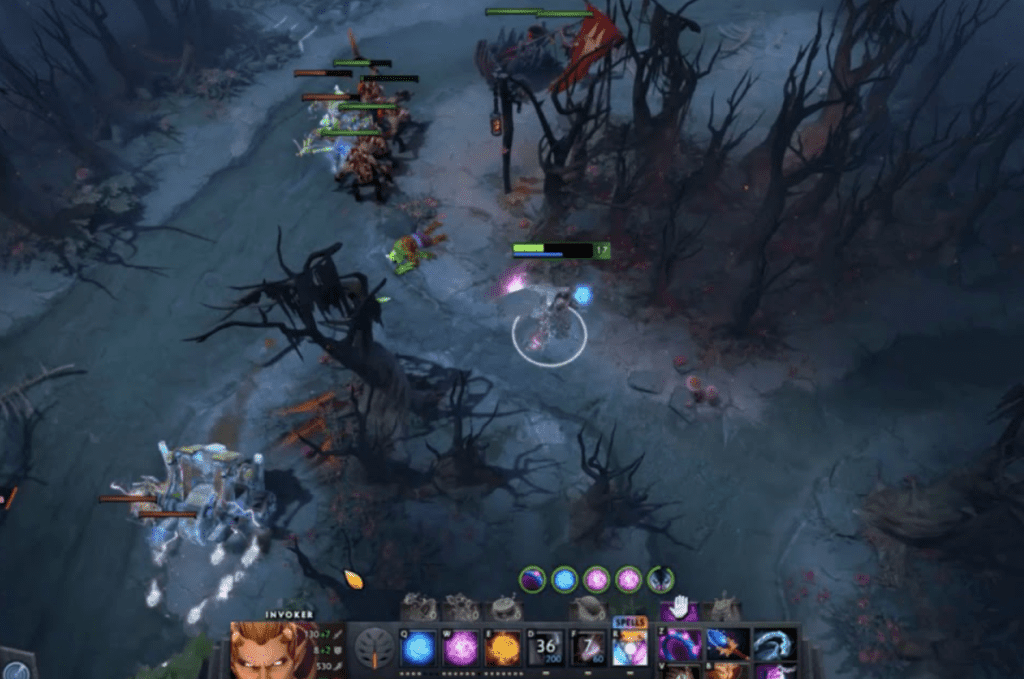
Farmed, late game Invoker can be quite a nuisance.
Unlike many other casters, Invoker scales really well into the late game and is very similar to carries in that regard. Cataclysm is a very potent pure damage spell that you unlock with Aghanim’s Scepter, and you also have Alacrity that increases the damage and attack speed of a hero.
Of course, given that opponents’ Black King Bar’s will run short in the late game, you can also rely on your other magic spells for devastating output. Although the hero very rarely goes for physical damage items, you can experiment with them because Invoker has great stats and orbs to further boost his damage.
Itemization (Core items)
Hand of Midas
Hand of Midas and Invoker are a match made in heaven. Regardless of the patch, it has remained one of the hero’s best (if not the best) items. Given that Invoker benefits so much from levels, this is the optimal way to boost your effectiveness on the field. Of course, the item will also improve your farm, allowing you to scale nicely into the late game.
Aghanim’s Scepter
The Scepter comes in as the close second in terms of importance. Besides providing a Cataclysm spell, it also increases the level of all the orbs affecting everything you cast. Although this might seem like a small boost, you have to consider that the hero will cast several spells during a teamfight.
Boots of Travel
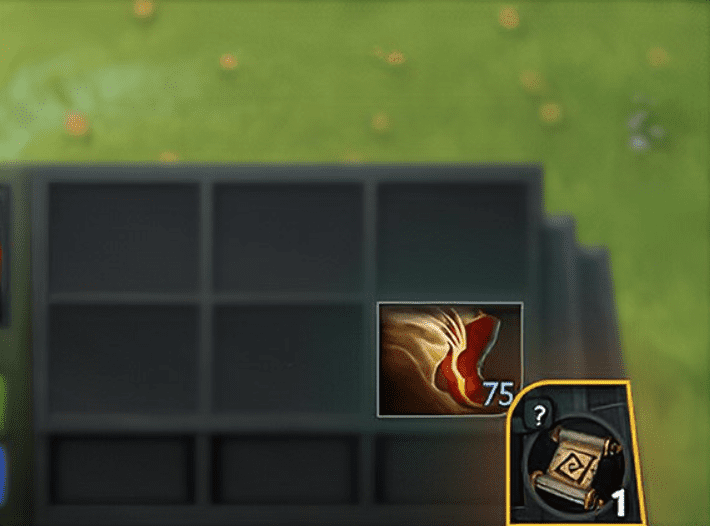
Although not a necessity like the previous items, Boots of Travel give you a global presence. In many ways, they are great for farming. A good Invoker will use them to attack side lanes that are pushed far and exert pressure on towers with the combination of Forge Spirit and Alacrity.
Octarine Core
Octarine Core is often bought after the previous 3 items. It adds stats, casting range, and most importantly, 25% cooldown reduction. As such, it increases the hero’s overall damage output.
RefresherOrb
Refresher Orb is a very late game item. In most cases, you won’t even have a chance to build it. Anyway, elite Invokers can do wonders with it. They can cast combos for extremely high damage and cast them again upon refreshing the spells. Some players prefer going Refresher Orb instead of Octarine.
Itemization (Optional Items)
Urn of Shadows and Spirit Vessel
Urn of Shadows provides additional magic damage for Quas/Vex heroes. It is also popular on support Invokers. You can turn it into Spirit Vessel if the opponent’s team has heroes with high regeneration or healing.
Orchid Malevolence
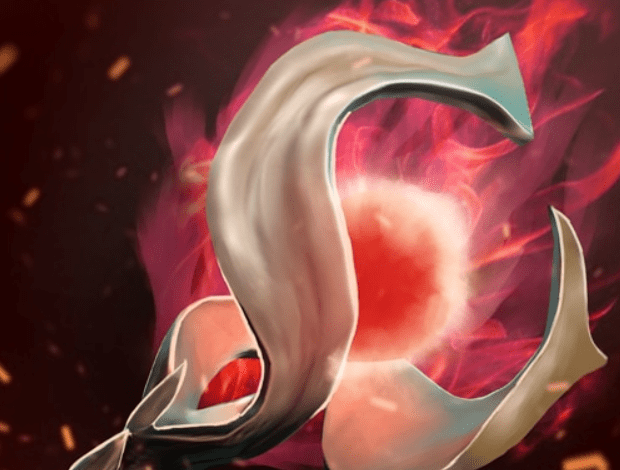
As mentioned, this item is amazing for Quas/Vex heroes as it allows them to silence the opponents during ganking. So, Invoker can simply Cold Snap the enemy and slowly whittle them down. It also provides solid mana regeneration and intellect, which are always important for the character.
Witch Blade
Witch Blade is a newer alternative to Orchid Malevolence. Although it doesn’t silence, allowing opponents with escape mechanisms to run away, it still slows down and does a lot of magic damage.
Black King Bar
Black King Bar is somewhere between optional and core item, depending on the game. It is much more common in pro games, though. As one of the strongest pick-ups in Dota 2, Black King Bar will provide magic immunity, which will always have value.
Scythe of Vyse
Similar to Black King Bar, Scythe of Vyse is one of those items that always have value on any hero. It allows you to turn an enemy into a harmless creature for 3.5 seconds. Given that the hero already has lots of different disables, Scythe of Vyse is a rare purchase. However, it can be a game-changer when you’re against elusive heroes like Anti-Mage, Phantom Lancer, or Phantom Assassin.
Talent Builds
Level 10 (40% Chaos Meteor damage OR -24 seconds Ghost Walk cooldown)
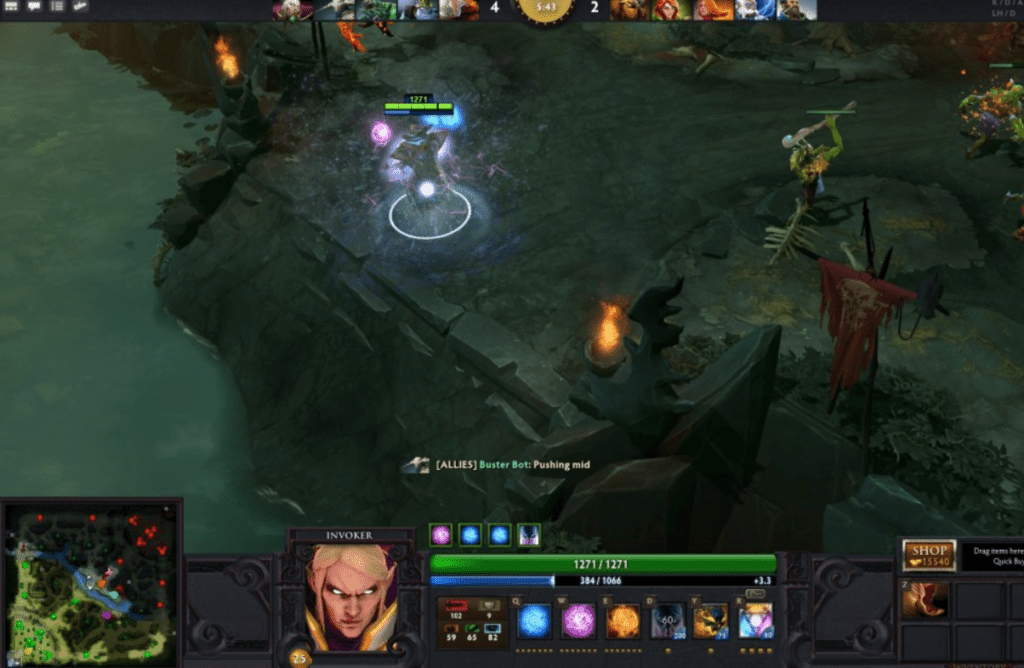
Given that Ghost Walk is a highly situational spell, you will often go with Chaos Meteor. The first talent gives you much more presence in teamfights and late game. Nevertheless, Ghost Walk can be good if you continuously gank and need reliable initiation.
Level 15 (-8 seconds Cold Snap cooldown OR +1 Forged Spirit armor reduction)
Again, both of these spells are relatively situational. Cold Snap slowly loses its importance as the game progresses, which can also be said, to an extent, for Forged Spirit. The optimal talent will likely vary based on your preferences and game plan. However, given that you’re unlikely to use Cold Snap twice during a mid game or late game fight (as there are better control spells), the advantage has to go to Forged Spirit.
Level 20 (+35 damage/speed on Alacrity OR -10 seconds Tornado cooldown)
Taking Alacrity talent can be great for certain right-clicking heroes. While all carries can benefit from it, the buff is especially great for heroes with critical damage skills (Wrath King, Phantom Assassin). The talent is also great if your carry is struggling to dish damage.
Alternatively, Tornado talent will give you more teamfight presence in the mid to late game. Among others, this talent is very good for high ground defense where you’re guaranteed several casts and can couple it with other damaging spells.
Level 25 (2.5 times Quas/Vex/Exort passive effects OR radial Deafening Blast)
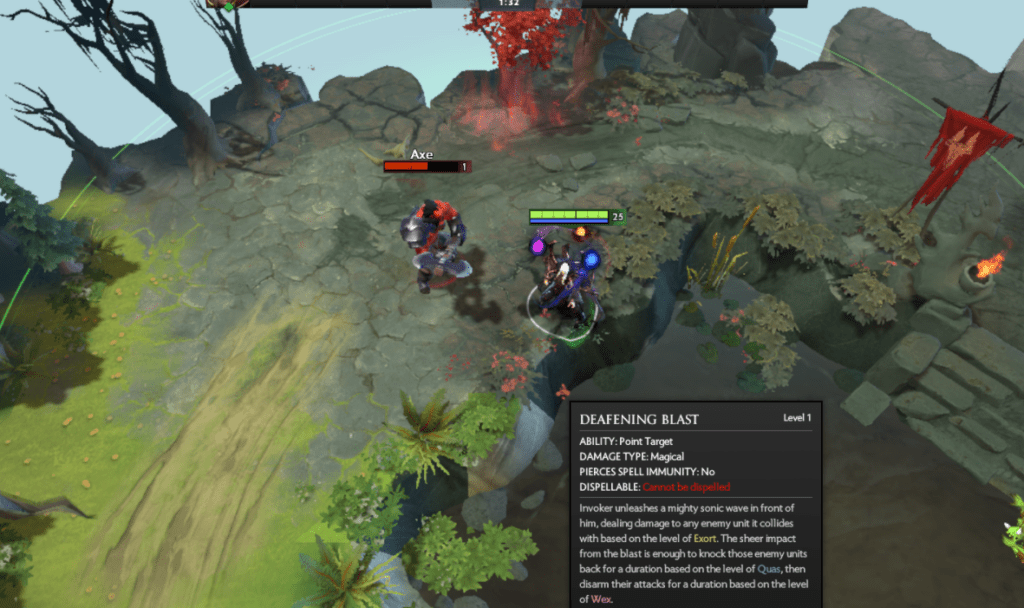
The first talent will always be great, but it shows maximum potential for right-clicking Invoker. The boost in stats will be very noticeable. As for Deafening Blast talent, it will almost guarantee a hit on most enemies during big fights.
FAQs
Question: Is Invoker hard to learn?
Answer: Invoker is probably the hardest Dota 2 hero to master. Besides the fact you need to memorize all these spells, you also need to use them the right way to maximize the hero’s potential.
Question: Can you support Invoker?
Answer: Invoker can be played in core and support roles. Although there are a lot of better options for support, this hero also has its merits.
Question: How many spells can Invoker cast?
Answer: If you don’t consider Invoke as a spell, there are 10 spells in total. However, with Invoke and all the orbs, there are 14 potential things you can cast.
Last considerations
Before you start playing Invoker in ranked games, I suggest you try it out in a few unranked matches. The hero is very hard to master, and you might struggle, especially if you play it on mid.
Otherwise, it is a very fund hero with many things to offer. When you master Invoker, you can almost say that you’ve mastered Dota 2.


